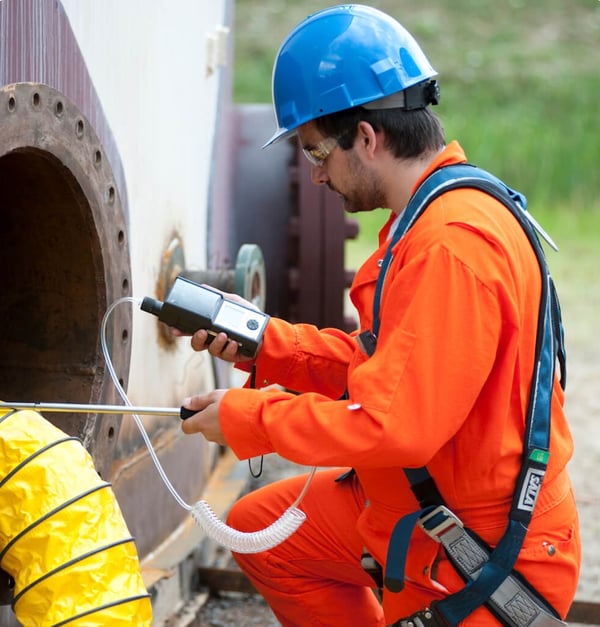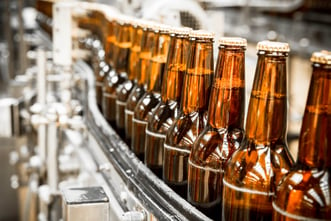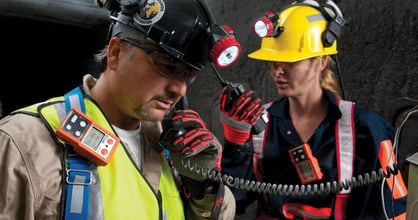Ammonia Detector (NH3)
Ammonium hydroxide, also known as aqueous ammonia, is a common solvent in cleaning products and ingredient in food products and fertilizers. Anhydrous ammonia (NH3) is the pure gas or compressed liquid form of ammonia that contains no water. This form is used in fertilizers, explosives, agriculture, cleaning fluids, and certain pharmaceuticals. Food and beverage companies also use many tons of ammonia for refrigeration, flash freezing, and bulk storage, all running the risk of gas releases. Talk to one of our experts today about our ammonia detector and other gas detector products.

Characteristics of Ammonia (NH3)
Ammonia can be found in a variety of common industrial environments. It's a colorless gas with a pungent suffocating odor. Ammonia is characterized as a flammable although it is very difficult to ignite. When exposed to heat, an ammonia solution will decompose to form ammonia gas and oxides of nitrogen (NOx). Ammonia is an irritant and will become extremely irritating to anyone exposed to it as concentrations increase. Use an ammonia detector to keep workers safe on the job.
More about Ammonia
AMMONIA - NH3
Effects of Various NH3 Levels
How to Detect Ammonia
Industrial Scientific has a range of ammonia detector products, including: single-gas detector GasBadge® Pro, multi-gas detectors Ventis® Pro5 and MX6 iBrid®, and the Radius® BZ1 Area Monitor. Our ammonia detector products reliably detect low ppm ammonia within a specified range.


